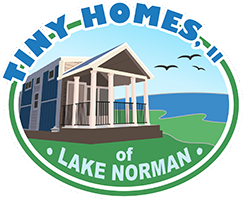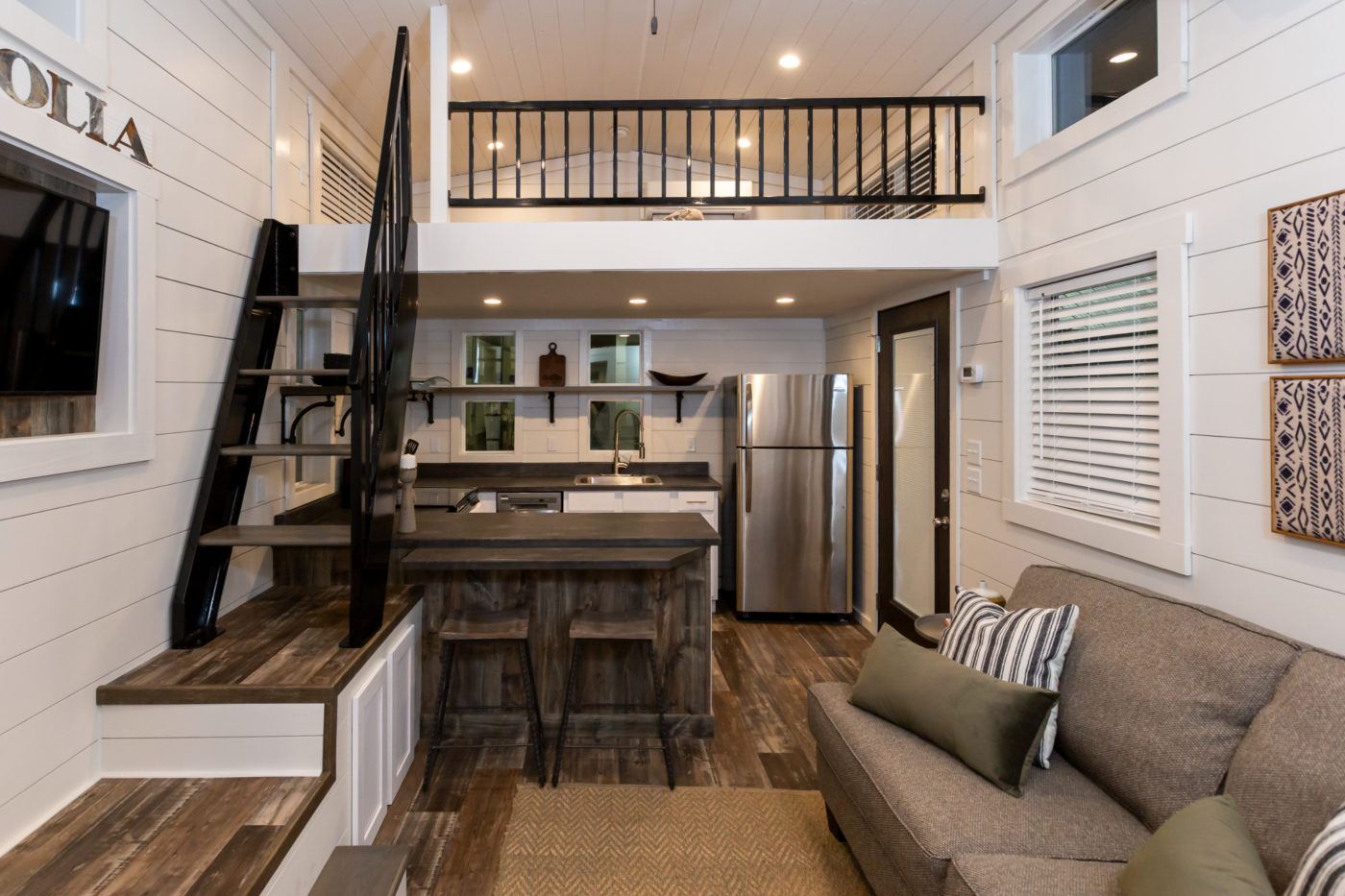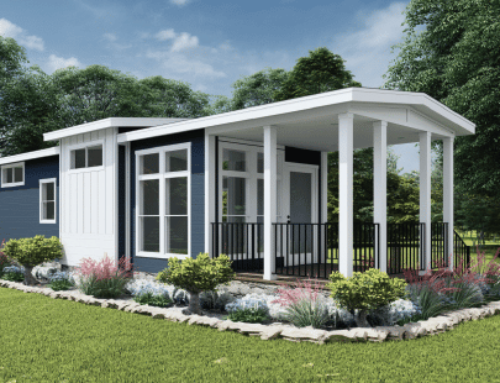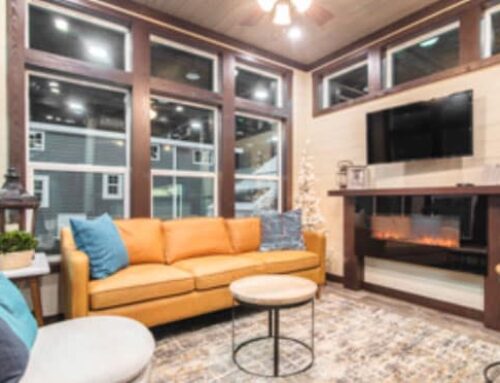The concept of tiny homes has gained significant popularity in recent years, allowing individuals to live more simply, sustainably, and affordably. However, one challenge that small homeowners often face, especially in cold climates, is maintaining comfortable living conditions during winter.
Insulation and heating solutions ensure that tiny homes remain warm and energy-efficient in colder regions. This comprehensive exploration will explore the various insulation and heating options available to small homes in cold climates, assessing their effectiveness, cost, and environmental impact.
Understanding the Challenges
Before delving into insulation and heating solutions, it is crucial to understand the unique challenges faced by tiny homeowners in cold climates. Small homes have limited space, which can make it challenging to implement conventional heating and insulation systems. Here are some key challenges:
Limited Space: Tiny homes have minimal square footage, making accommodating bulky heating equipment and insulation materials challenging.
Heat Loss: Tiny homes are more prone to heat loss due to their small size and typically have less insulation than larger homes.
Energy Efficiency: Maintaining energy-efficient heating and insulation systems is essential for sustainability and cost-effectiveness.
Off-Grid Living: Many tiny homeowners in cold climates opt for off-grid living, which requires energy-efficient solutions that minimize reliance on external power sources.
With these challenges in mind, let’s explore the insulation and heating options available to tiny homeowners.
Insulation Solutions
Adequate insulation is the foundation for maintaining a comfortable temperature within a tiny home during cold weather. Several insulation materials and techniques are suitable for small homes in cold climates:
1. Spray Foam Insulation:
Material: Spray foam insulation, either open-cell or closed-cell, provides excellent thermal resistance and can be applied to various surfaces, including walls, ceilings, and floors.
Benefits: It creates an airtight seal, preventing drafts and reducing heat loss. It’s advantageous in tiny homes with irregular shapes or nooks and crannies.
Considerations: While highly effective, spray foam insulation can be relatively expensive and may require professional installation.
2. Rigid Foam Insulation:
Material: Rigid foam boards, such as expanded or extruded polystyrene, are lightweight and easy to cut to fit the specific dimensions of a tiny home.
Benefits: Rigid foam insulation offers good thermal resistance and is relatively affordable. It’s famous for tiny homeowners who want to DIY their insulation.
Considerations: Proper sealing and air barrier installation are essential to maximize effectiveness.
3. Fiberglass or Rock Wool Insulation:
Material: Fiberglass and rock wool insulation are affordable for batts or rolls.
Benefits: These materials are readily available and provide good thermal insulation when properly installed.
Considerations: They require careful installation to ensure no gaps or voids could reduce their effectiveness.
4. Reflective Insulation:
Material: Reflective insulation, such as radiant barrier foil, reflects heat and can be used with other insulation materials.
Benefits: When appropriately installed, it can help reduce radiant heat gain in the summer and heat loss in the winter.
Considerations: Reflective insulation alone may not provide sufficient insulation in freezing climates.
5. SIPs (Structural Insulated Panels):
Material: SIPs consist of foam insulation sandwiched between two structural panels.
Benefits: SIPs offer excellent insulation properties and structural integrity, making them a preferred choice for some tiny home builders.
Consideration: They can be more expensive than traditional insulation materials and may require professional installation.
6. Thermal Breaks:
Material: Adding thermal breaks, such as foam gaskets or weatherstripping, around windows, doors, and other openings helps prevent heat loss.
Benefits: This is a cost-effective way to enhance the overall insulation of a tiny home.
Considerations: Careful attention to detail is necessary to seal all gaps properly.
The choice of insulation material depends on factors like budget, DIY capability, and the region’s specific climate. In frigid climates, combining multiple insulation methods and materials may be necessary to achieve optimal results.
Heating Solutions
Once insulation is in place to minimize heat loss, selecting an appropriate heating solution is crucial for maintaining a comfortable living environment in a tiny home during cold seasons. Here are several heating options for small homes in cold climates:
1. Electric Heaters:
Types: Portable electric heaters, baseboard heaters, wall-mounted heaters.
Benefits: Electric heaters are readily available, easy to install, and can provide instant heat. They are suitable for smaller spaces like tiny homes.
Considerations: They can be relatively expensive, especially in regions with high electricity costs.
2. Propane Heaters:
Types: Ventless propane heaters catalytic propane heaters.
Benefits: Propane heaters are efficient and can provide significant heat. Ventless models do not require a chimney or flue.
Considerations: Propane heaters require a propane supply and proper ventilation for safety.
3. Wood Stoves:
Types: Tiny wood stoves, small wood-burning stoves.
Benefits: Wood stoves provide reliable heat and can be a sustainable option using locally sourced firewood.
Considerations: Installation requires a chimney or flue, and regular maintenance is necessary.
4. Pellet Stoves:
Types: Pellet stoves or pellet heaters.
Benefits: Pellet stoves burn compressed wood pellets, offering an efficient and convenient heating source. They require less frequent refueling than wood stoves.
Considerations: Pellet stoves require a source of electricity to operate the auger and fan.
5. Mini-Split Heat Pumps:
Benefits: Mini-split heat pumps are energy-efficient and provide both heating and cooling. They are relatively compact and can be installed without extensive ductwork.
Considerations: Initial installation costs can be high, but long-term energy savings may offset this.
6. Radiant Floor Heating:
Benefits: Radiant floor heating systems provide even and efficient heat distribution. They can be installed beneath flooring materials.
Considerations: Installation can be complex and may require professional help.
7. Solar Heating:
Benefits: Solar heating systems use renewable energy from the sun to heat the interior of a tiny home. They are environmentally friendly and can provide long-term savings.
Considerations: Initial installation costs can be high, and effectiveness depends on local climate conditions.
Choosing the right heating solution for a tiny home in a cold climate depends on fuel availability, energy efficiency, and personal preferences. Some homeowners opt for a combination of heating methods to ensure they have backup options in case of power outages or fuel shortages.
Sustainability and Environmental Considerations
Sustainability is a growing concern for many tiny homeowners, and the choice of insulation and heating solutions can significantly impact the environmental footprint of a small home in a cold climate:
1. Insulation Materials:
Consider using eco-friendly insulation materials from recycled or renewable sources, such as denim insulation or sheep’s wool insulation.
Properly sealing gaps and avoiding unnecessary waste during installation are essential for sustainability.
2. Heating Sources:
Opt for heating sources that are energy-efficient and produce fewer emissions. For example, pellet stoves and mini-split heat pumps are more environmentally friendly than other options.
If using wood stoves, choose certified, clean-burning models and use locally sourced, sustainably harvested firewood.
3. Solar Solutions:
Incorporate solar panels to power heating systems or other electrical needs in the tiny home. Solar heating can reduce reliance on non-renewable energy sources.
4. Passive Design:
Implement passive solar design principles to maximize natural heat gain during the day and minimize heat loss at night.
5. Insulation and HVAC Efficiency:
Focus on achieving high insulation and HVAC system efficiency to reduce energy consumption and greenhouse gas emissions.
6. Sustainable Building Materials:
Choose sustainable building materials for the tiny home’s construction to minimize environmental impact.
Balancing comfort with sustainability is essential for eco-conscious tiny homeowners. Proper insulation and energy-efficient heating systems are critical components of achieving this balance.
Cost Considerations
Cost is a significant factor for most tiny homeowners, especially regarding insulation and heating solutions. While the upfront costs vary depending on the chosen materials and systems, it’s essential to consider both initial investment and long-term operational costs:
1. Insulation Costs:
Spray foam insulation tends to be the most expensive upfront, while fiberglass and rock wool are more budget-friendly.
Consider the insulation’s R-value (thermal resistance) about its cost to determine its cost-effectiveness.
2. Heating Costs:
Electric heaters are affordable but may result in higher electricity bills over time.
Propane and wood stoves require fuel, which can be an ongoing expense.
Solar heating systems have high upfront costs but can provide long-term savings.
3. Overall Budget:
Assess the overall budget for the tiny home project, including insulation and heating costs, to ensure financial feasibility.
4. Return on Investment (ROI):
Consider the long-term savings and potential ROI of energy-efficient insulation and heating solutions. While some options may have higher upfront costs, they may result in lower operating expenses over time.
5. DIY vs. Professional Installation:
Determine whether you can perform DIY installations or if you need to hire professionals, as labor costs can significantly impact the budget.
6. Maintenance Costs:
Factor in ongoing maintenance costs, such as chimney cleaning for wood stoves or regular servicing for HVAC systems.
It’s crucial to balance upfront costs and long-term savings when deciding on insulation and heating solutions for a tiny home in a cold climate. Assessing the total cost of ownership, including installation, fuel, and maintenance expenses, is essential for making informed choices.
Conclusion
Tiny homes in cold climates require effective insulation and heating solutions to ensure their living spaces’ comfort, energy efficiency, and sustainability. Homeowners must carefully evaluate their needs, budget constraints, and environmental priorities when selecting insulation materials and heating systems.
Tiny homeowners can create cozy and sustainable dwellings even in the harshest winter conditions by addressing limited space, heat loss, energy efficiency, and off-grid living challenges. The right combination of insulation materials and heating solutions can make a tiny home in a cold climate a warm and inviting haven that meets both practical and environmental goals.




